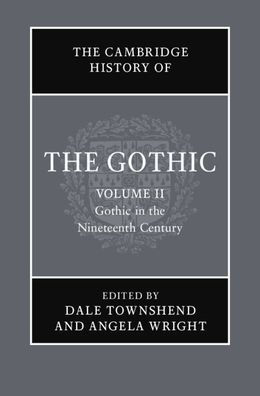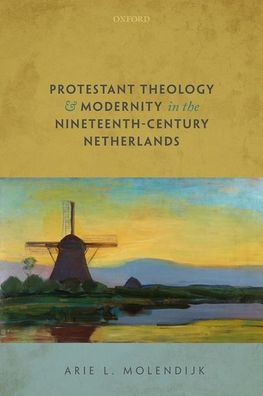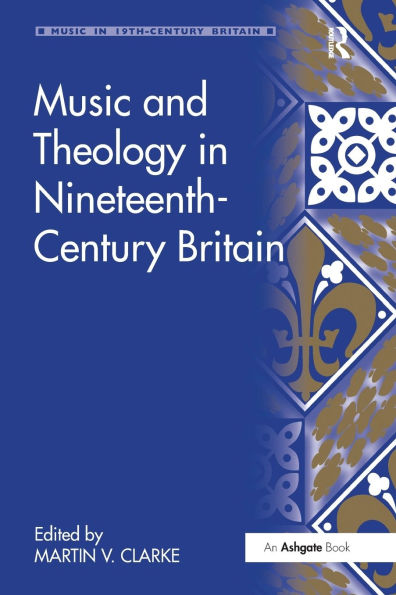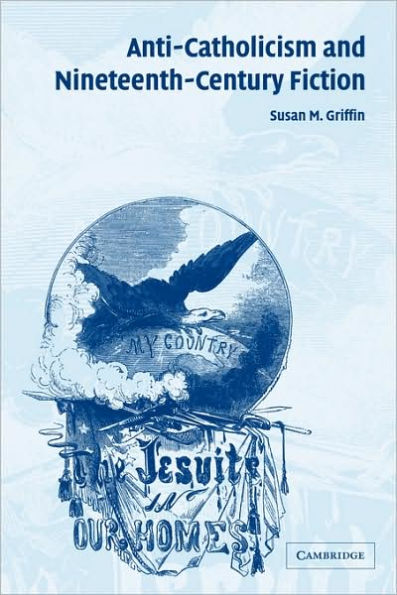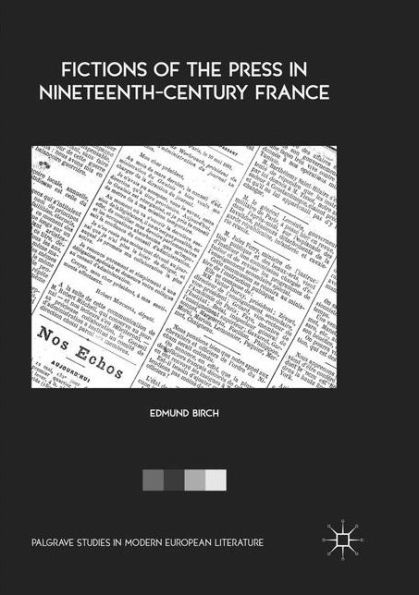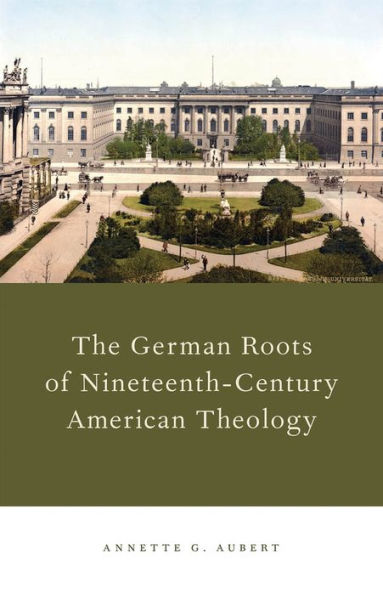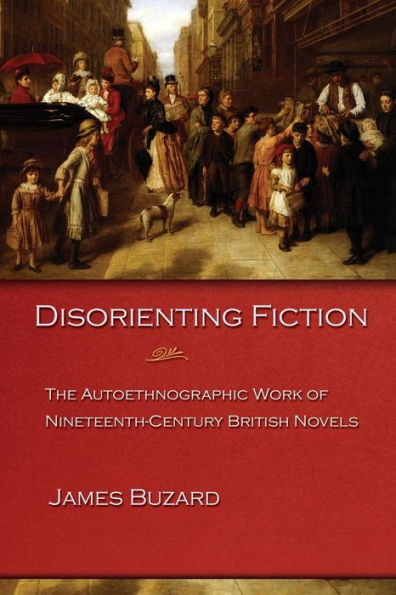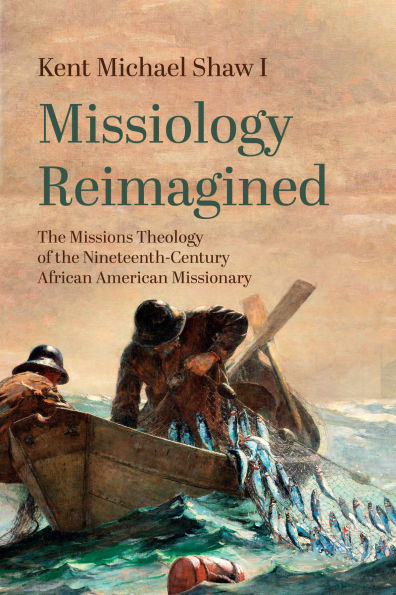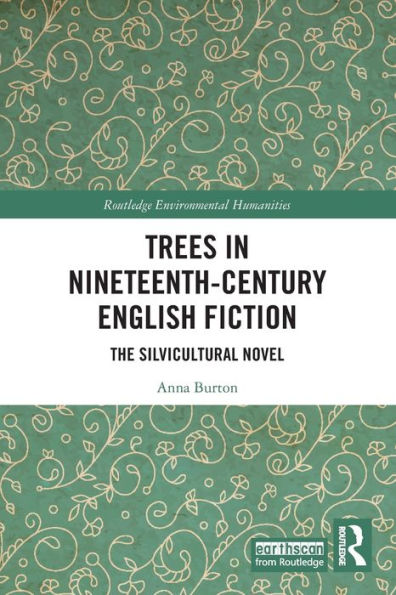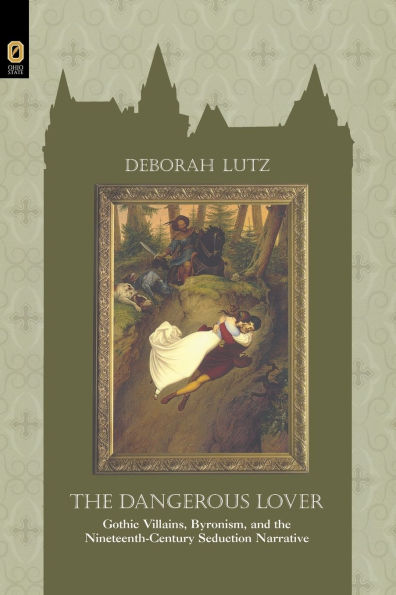Home
Theology, Horror and Fiction: A Reading of the Gothic Nineteenth Century
Barnes and Noble
Theology, Horror and Fiction: A Reading of the Gothic Nineteenth Century
Current price: $120.00
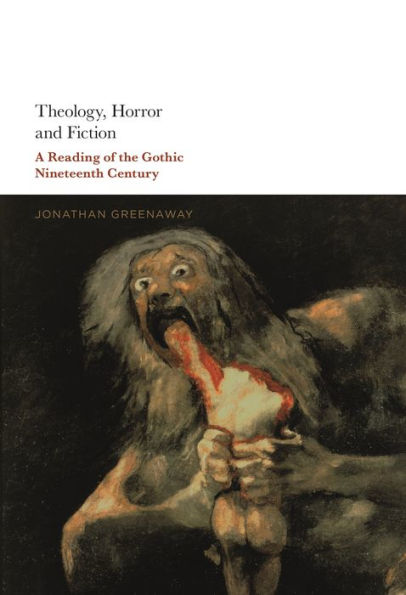

Barnes and Noble
Theology, Horror and Fiction: A Reading of the Gothic Nineteenth Century
Current price: $120.00
Size: Hardcover
Loading Inventory...
*Product information may vary - to confirm product availability, pricing, shipping and return information please contact Barnes and Noble
Longlisted for
the 2022 International Gothic Association's Allan Lloyd Smith Prize
Surpassing scholarly discourse surrounding the emergent secularism of the 19th century,
Theology, Horror and Fiction
argues that the Victorian Gothic is a genre fascinated with the immaterial. Through close readings of popular Gothic novels across the 19th century -
Frankenstein
,
Wuthering Heights
Dracula
and
The Picture of Dorian Gray
, among others - Jonathan Greenaway demonstrates that to understand and read Gothic novels is to be drawn into the discourses of theology. Despite the differences in time, place and context that informed the writers of these stories, the Gothic novel is irreducibly fascinated with religious and theological ideas, and this angle has been often overlooked in broader scholarly investigations into the intersections between literature and religion. Combining historical theological awareness with interventions into contemporary theology, particularly around imaginative apologetics and theology and the arts, Jonathan Greenaway offers the beginnings of a modern theology of the Gothic.
the 2022 International Gothic Association's Allan Lloyd Smith Prize
Surpassing scholarly discourse surrounding the emergent secularism of the 19th century,
Theology, Horror and Fiction
argues that the Victorian Gothic is a genre fascinated with the immaterial. Through close readings of popular Gothic novels across the 19th century -
Frankenstein
,
Wuthering Heights
Dracula
and
The Picture of Dorian Gray
, among others - Jonathan Greenaway demonstrates that to understand and read Gothic novels is to be drawn into the discourses of theology. Despite the differences in time, place and context that informed the writers of these stories, the Gothic novel is irreducibly fascinated with religious and theological ideas, and this angle has been often overlooked in broader scholarly investigations into the intersections between literature and religion. Combining historical theological awareness with interventions into contemporary theology, particularly around imaginative apologetics and theology and the arts, Jonathan Greenaway offers the beginnings of a modern theology of the Gothic.
